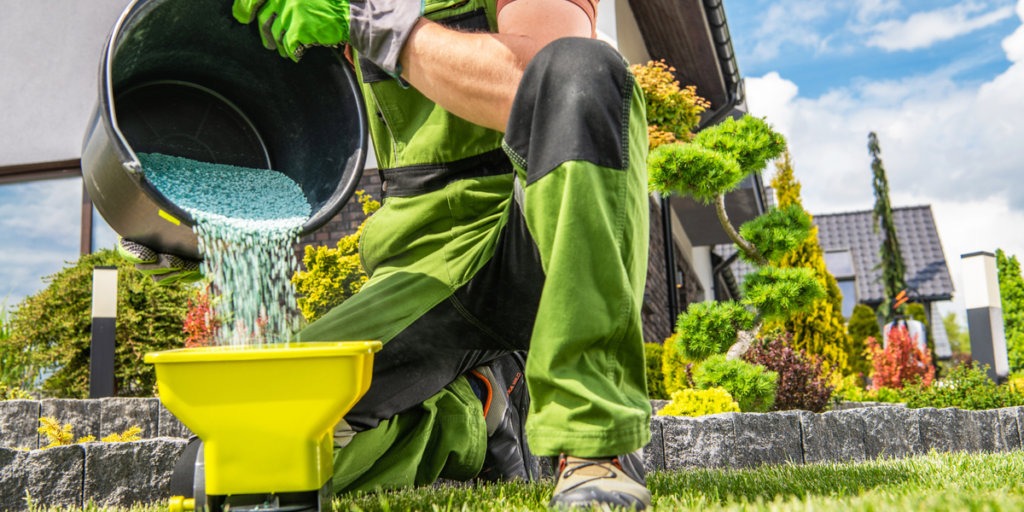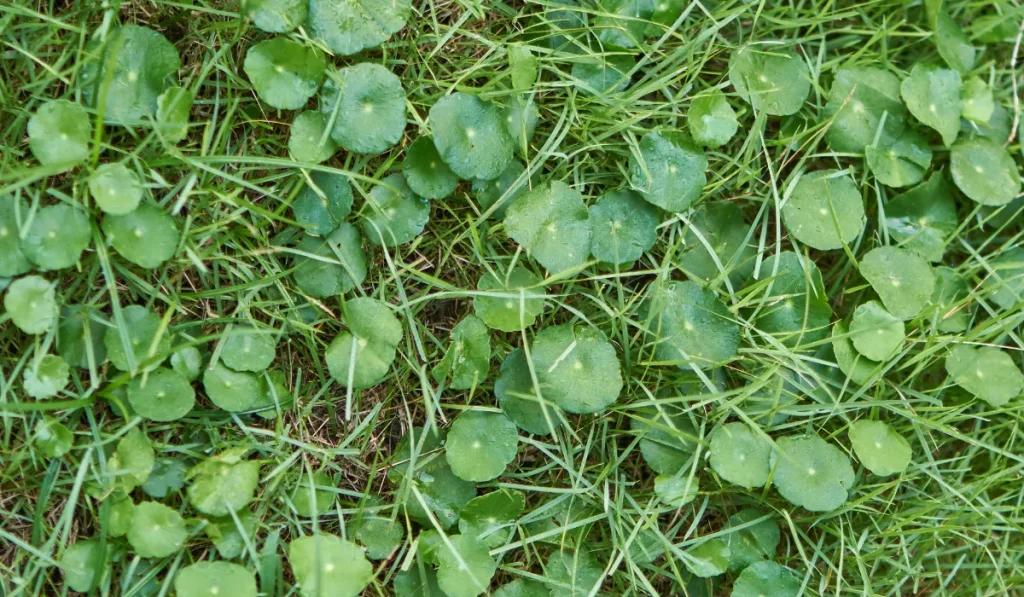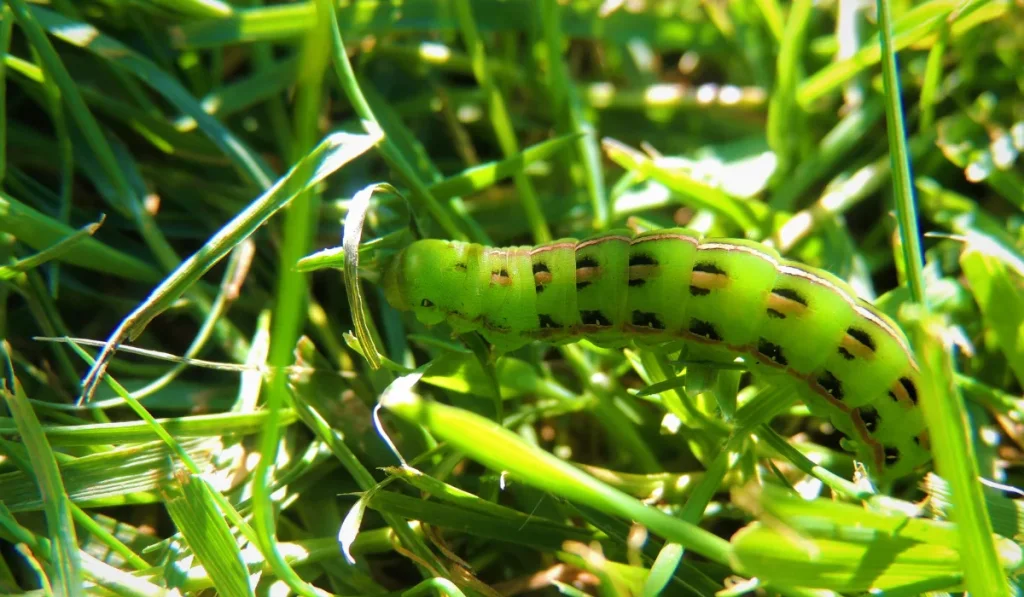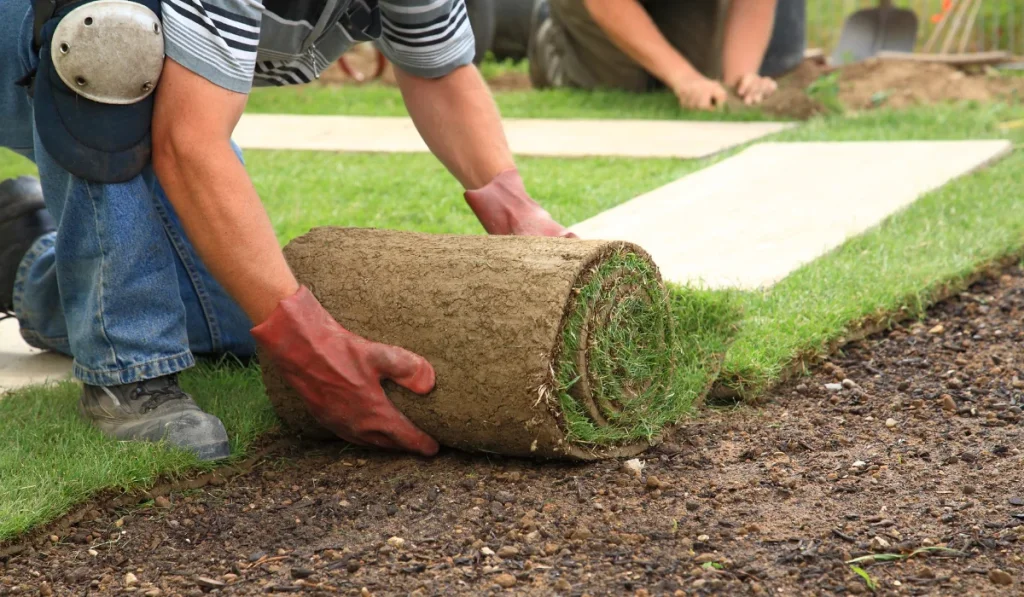More than 3 in 4 American homeowners live in a home with a lawn. If you’re like most of that 78%, you likely love your lawn, but you might find yourself wondering why your neighbors’ grass is greener. Lawn care may seem like a simple (albeit tedious) task, but there’s more of a science to it than you think. When you fertilize your lawn matters.
Fertilizer “feeds” your grass and promotes healthy growth throughout the year. But just like with “feeding” yourself, there’s a right way to do it. Weather, time of year, and the species of grass in your yard all play a part in your optimal fertilization schedule.
Sticking to a fertilization schedule requires some light research and planning, but your lawn will thank you (and it will all be worth it when you have a healthy lawn with the greenest grass on the block).
Key Takeaways
- Climate and weather patterns may influence your optimal fertilization time (i.e., rain, extreme heat, extreme cold, drought, ice).
- The type of grass on your lawn plays a part in determining your best fertilization schedule.
- The time of year, and the season when your species of grass grows the most, will also impact your fertilization timeline.
- There are several other factors to consider, including using the right amount of fertilizer and choosing between regular or “slow-release” fertilizer.
Factors to Consider When Determining the Best Time to Fertilize
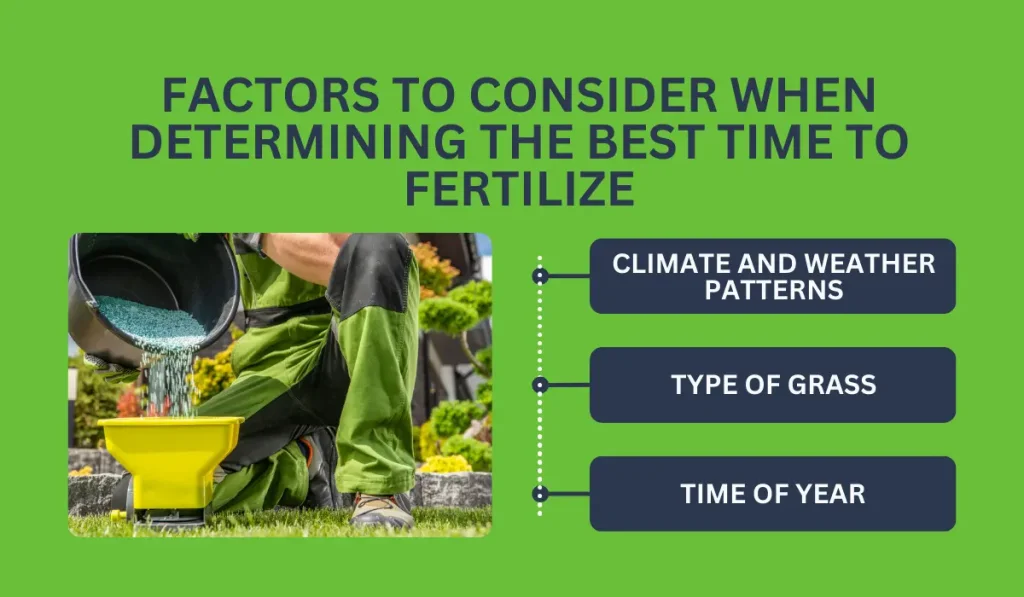
There are a number of factors at play that you should consider as you develop your ideal fertilization schedule. Most lawns need to be fertilized at least twice a year, but the months and days you choose to fertilize may vary. Below is a list of the most important considerations.
Climate and Weather Patterns
Before you fertilize your lawn, it’s a wise idea to check the weather forecast for the next several days. Rain can wash away fertilizer, so it’s best to fertilize several days before or after a big bout of precipitation.
It’s also not a good idea to fertilize amidst a heat wave or other climate conditions like a drought, as this can cause permanent damage to your lawn. It’s best to wait it out for rain or cooler temperatures.
Type of Grass
Different types of grass have different fertilization needs. As a rule of thumb, you should fertilize your grass about 4-5 times per year (when these times are depends on the climate where you live).
“Cool-season grasses” should especially be fertilized between late September and early November, and again between late March and early May.
Meanwhile, “warm-season grasses” should be fertilized between late March and early May, and again between late June and early August. If you’re not sure what type of grass you have, a good rule of thumb to follow is warm-season grass tends to turn brown, while cool-season grass does not.
Also, states in the Northern U.S. tend to have more cool-season grasses, while states in the South have more warm-season grasses. This means that Northern California lawns typically have cool-season grasses like fescue and bluegrass, while Southern California lawns typically have warm-season grasses like Bermuda and St. Augustine.
Time of Year
Another factor that’s important when considering when to fertilize is the time of year. For instance, despite the common belief that early spring is ideal, early fall may be the optimal time for fertilization, since that’s when roots are growing (and fertilization promotes strong root growth).
The transition from summer to fall, around Labor Day, is the perfect window for fertilization that encourages both strong blades and strong root systems. However, this principle may vary depending on where you live.
The ideal outside temperature for fertilization is around 55 degrees and warmer, which may occur at a different time of year (i.e., spring) depending on where you live.
What Else Should I Consider?
In general, it’s best to avoid fertilization during any extreme weather conditions or during a drought.
It’s also crucial to follow the instructions on the label of the fertilizer you purchase carefully. Make sure you use the appropriate amount of fertilizer as specified on the label.
Using too much fertilizer can create an imbalance of salt and harm your soil, but using too little fertilizer will deprive your grass of essential nutrients.
It’s highly recommended that you choose a “slow-release” lawn fertilizer. Commonly used by professional gardeners, slow-release fertilizers keep your grass fed and happy for a longer period of time (slowly releasing nutrients for up to two months as opposed to two weeks).
Slow-release fertilizers are also safer for the environment, as they’re less likely to “leach” (drain away, wasting fertilizer) and don’t need to be “watered in” (although watering them in will still promote faster absorption of nutrients)—so you’ll have a green lawn in more ways than one.
